The Cañón del Colca (Colca Canyon), is the 2nd deepest canyon in the world – the first is Cañón del Cotahuasi, also in Peru. Both are more than twice as deep as the Grand Canyon in the U.S. Our itinery included a drive through canyon country, with spectacular views of the terraces painstakingly created to adapt this mountainous terrain for farming, many of them dating back hundreds of years and still in use today. This is truly picture-postcard country.
Our first stop was in the village of Maca for a baño break and to see the local vendors. This was my first introduction to the practice of buying a photo op. For the measly price of 1 Peruvian nuevo sol (about 40 cents), the seller will pose for you with whatever interesting clothing, animal, or child that they happen to be offering. This gentleman had a lovely eagle, which I was more than happy to photograph, until I learned he had something even better – a chance to have your own photograph taken with his willing model.
Our guide César also took a turn:
Maca also has a beautiful Spanish colonial era church, Santa Ana de Maca, with an interior featuring intricate gilded carving and folk-art sculpture of saints. The church was heavily damaged in an earthquake in 1991, but it was restored. If you look closely, you can see that the bell towers don’t quite match. (Click image for full view.)
Our next stop was to see a group of pre-Inca tombs built into the rock face of one of the mountains. These tombs were made for important people and were built high up on the mountain so that they could be as close to the gods as possible. Many of these tombs were discovered in modern times after periods of heavy rains when the structures would fail and bones and other items buried with the person would be washed down to the bottom of the mountain. Other holes in the mountainside were used as storage for potatoes and other crops, and this is how the canyon got its name. Colca is “granary” or “storeroom” in Spanish.
Our canyon tour culminated with a visit to Cruz del Condor to watch for these majestic members of the vulture family enjoying their flights on the thermals created by updrafts from the canyon below. I didn’t get a good photo of a condor because they were so far away, but here’s a view of the picturesque canyon with some of the many tourists who have come to see them:
Then we turned around and headed for Puno, through yet more scenic country – some of which was surprisingly reminiscent of a drive we took around the Great Salt Lake region in Utah a couple of years ago.
In this desolate landscape, the places where the tour buses and vans stop feature a prodigious number of cairns. Here we see Joe making his contribution.

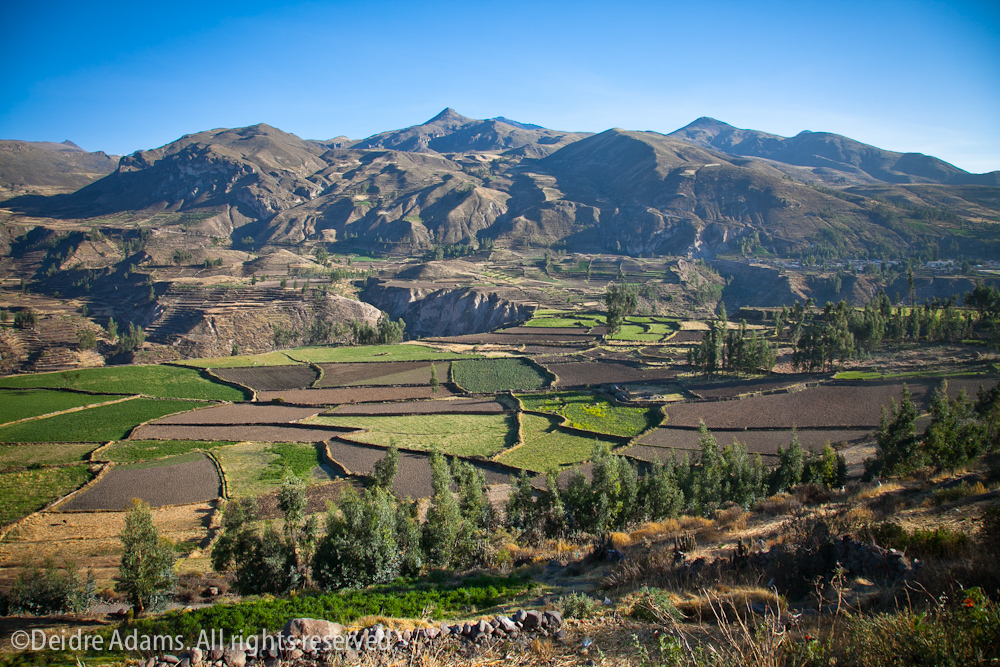

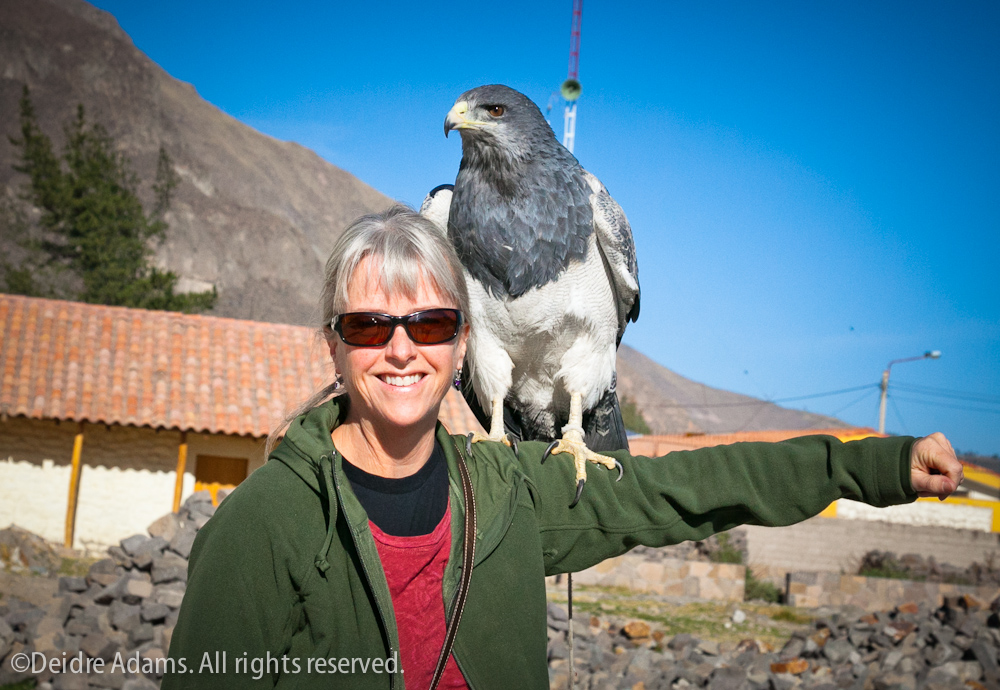






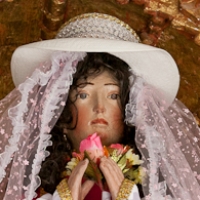

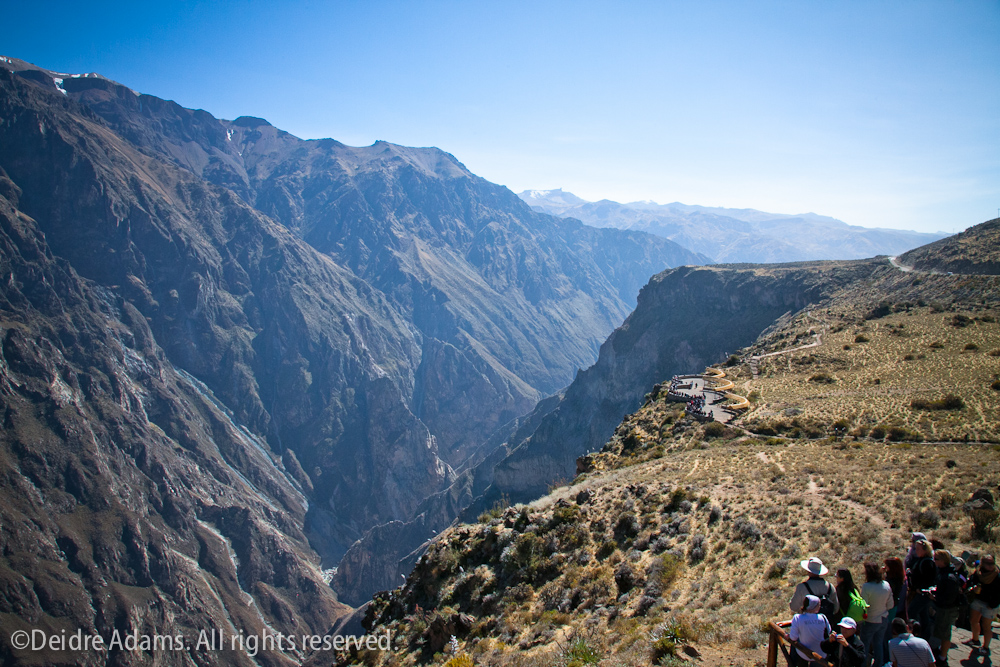
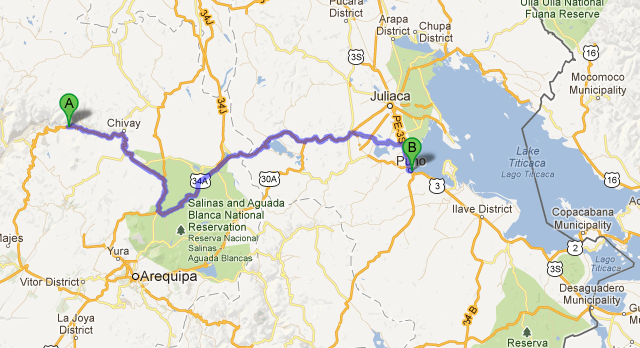


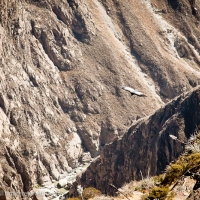
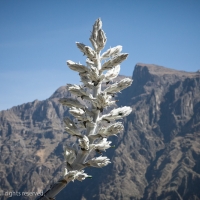

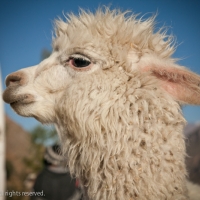


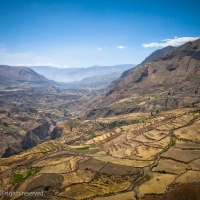

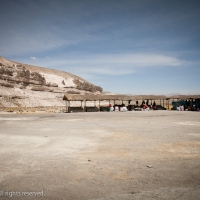
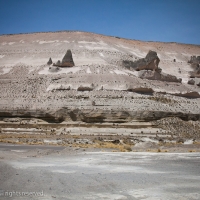
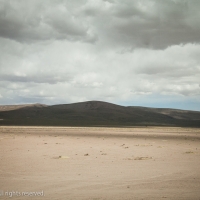

Deirdre! I’ve really been enjoying your travelogue, and of course haven’t been commenting as it’s such a PITA on the iPad. But that photo of you with the eagle? So stunning! What a glorious blue!!! All these pix are great, what a fantastic time!!!